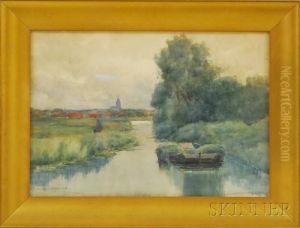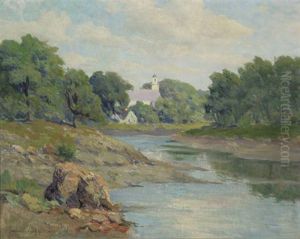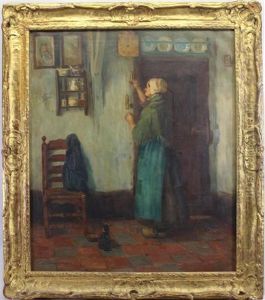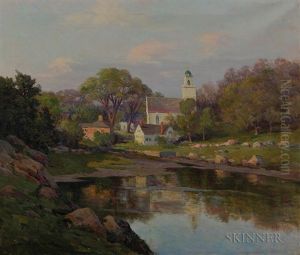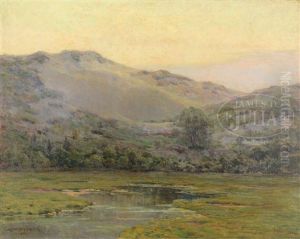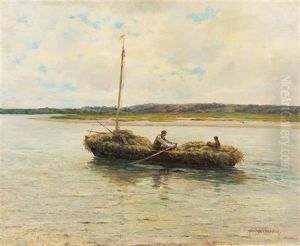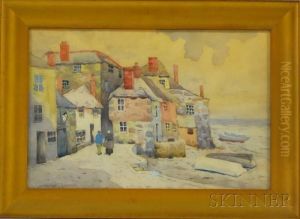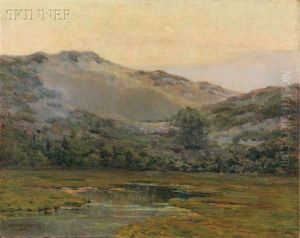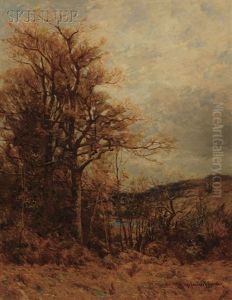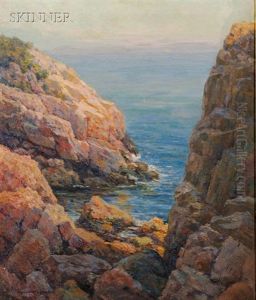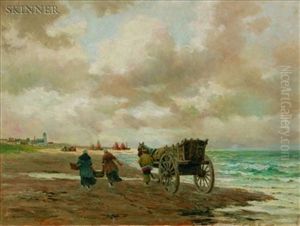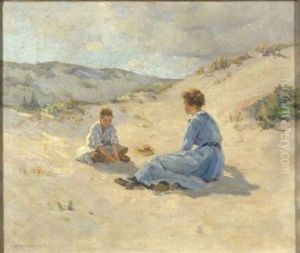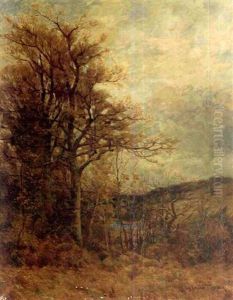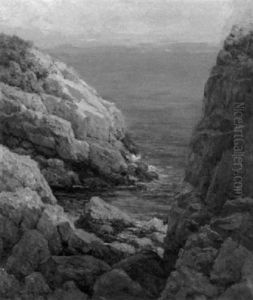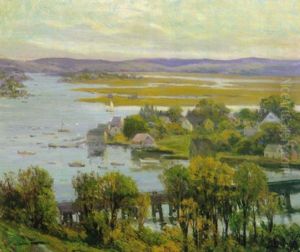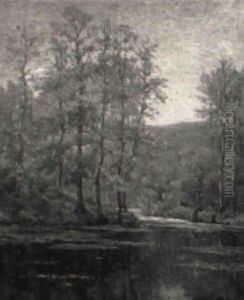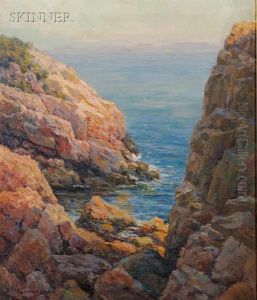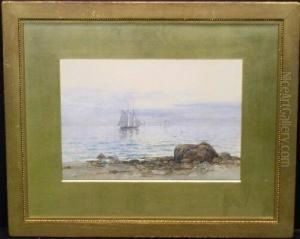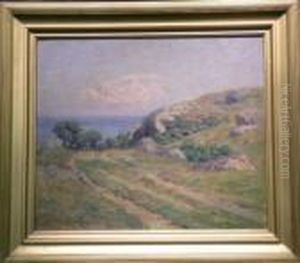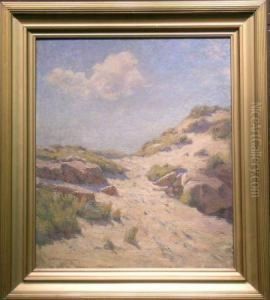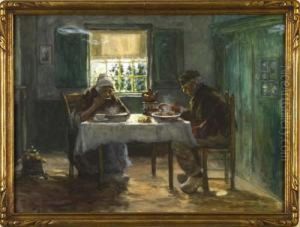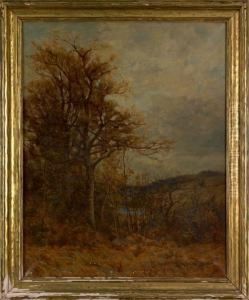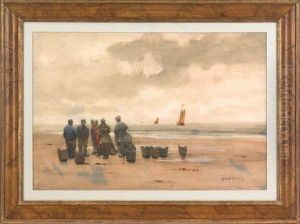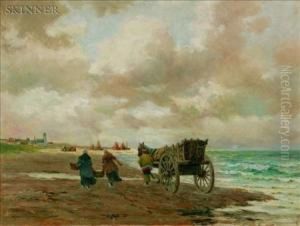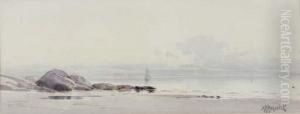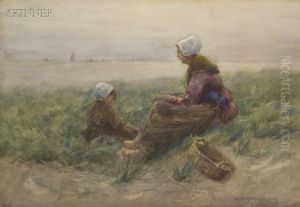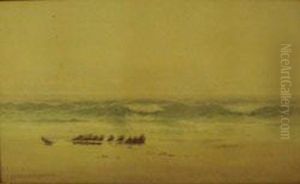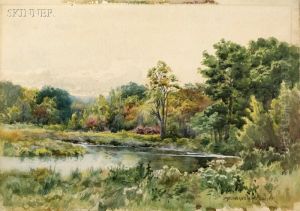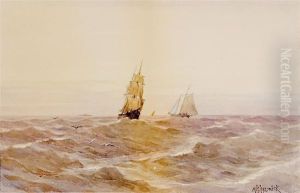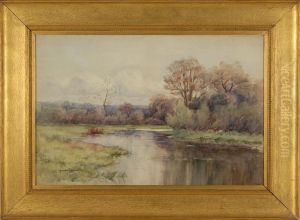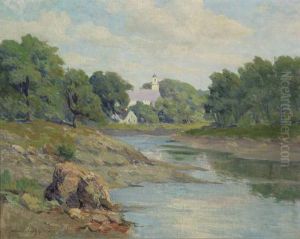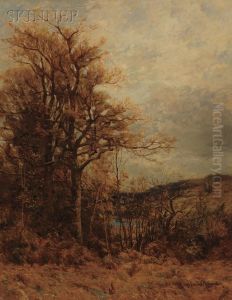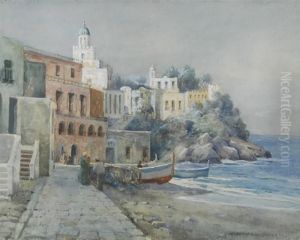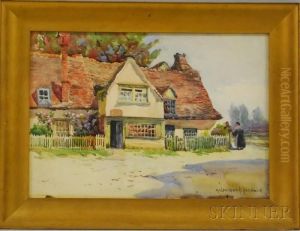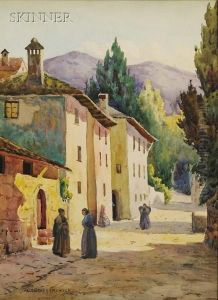Melbourne Havelock Hardwick Paintings
Melbourne Havelock Hardwick was a British-born American artist known for his marine and landscape paintings. Born in the year 1857, Hardwick immigrated to the United States with his family as a child. He initially settled in Boston, Massachusetts, which later became the base for much of his artistic career.
Hardwick's interest in art emerged early in his life, and he pursued this passion by studying at the Boston Museum School under the tutelage of noteworthy artists such as Otto Grundmann and Frederick Crowninshield. Furthering his education, he also studied abroad in Paris at the Académie Julian, where he was influenced by the French Impressionists. His time in Europe was significant as it allowed him to absorb a range of artistic styles and techniques.
Upon returning to the United States, Hardwick established himself as a skilled painter, particularly in his representation of maritime scenes and New England landscapes. His work often featured the rugged coastline and the various moods of the sea, captured with a sense of realism and attention to atmospheric effects. Hardwick's paintings were characterized by their vibrant color palette and the interplay of light and shadow, which he adeptly used to convey the beauty and drama of the natural world.
Throughout his career, Melbourne Havelock Hardwick exhibited his works at various prestigious institutions, including the Boston Art Club and the Pennsylvania Academy of the Fine Arts. He was also a member of numerous art organizations which furthered his reputation as an artist.
Despite his success, Hardwick's life was not without challenges. He struggled with financial difficulties at times, and his work was sometimes overshadowed by his contemporaries. Nevertheless, he continued to paint until his death in 1916, leaving behind a legacy of evocative maritime and landscape paintings that continue to be appreciated for their artistic merit. Hardwick's contribution to American art during the late 19th and early 20th centuries remains significant, as he captured the essence of the American Northeast with a unique blend of precision and poetic sensibility.

